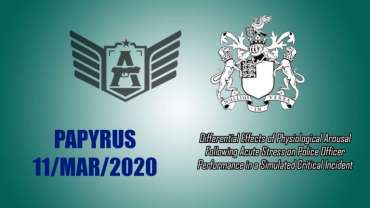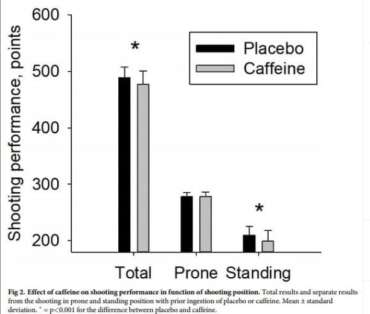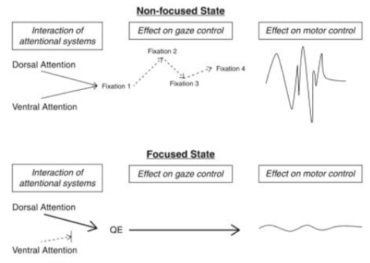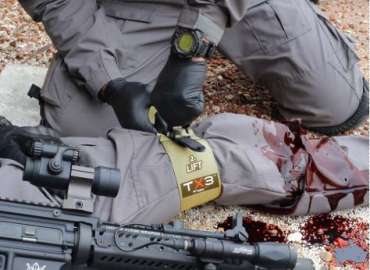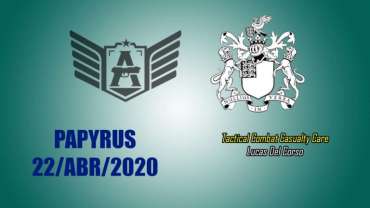Differential Effects of Physiological Arousal Following Acute Stress on Police Officer Performance in a Simulated Critical Incident
Eamonn Arble1†*, Ana M. Daugherty2,3,4† and Bengt Arnetz5
1Department of Psychology, Eastern Michigan University, Ypsilanti, MI, United States, 2Department of Psychology, Wayne State University, Detroit, MI, United States, 3Department of Psychiatry and Behavioral Neurosciences, Wayne State University, Detroit, MI, United States, 4Institute of Gerontology, Wayne State University, Detroit, MI, United States, 5Department of Family Medicine, College of Human Medicine, Michigan State University, East Lansing, MI, United States
Background: Police officer response in a critical incident is often a life-or-death scenario for the officer, the suspect, and the public. Efficient and accurate decisions are necessary to ensure the safety of all involved. Under these conditions, it is important to understand the effects of physiological arousal in response to acute stress on police officer performance in critical and dangerous incidents. Prior research suggests that physiological arousal following a stressor differentially affects police performance – communication may be impaired, whereas well-rehearsed, tactical behaviors may be resilient.
Objectives: In this study, we examine the differential effects of physiological arousal across three police skill domains: verbal communication, nonverbal communication, and tactical skill.
Methods: A sample of Swedish police cadets (N = 17) participated in a critical incident simulation, which was a reenactment of a real-life incident that had resulted in a police officer death; the simulation included multiple calls, dynamic environments, and surprise threats. An expert rater evaluated the cadets across multiple domains of skill, and physiological arousal was monitored by continuous heart rate monitoring and measures of circulating cortisol and antithrombin taken before and after the incident simulation.
Results: The simulation increased police officer arousal, as reflected in elevated heart rate, but this alone did not predict differences in performance. Greater increase in antithrombin was associated with better general performance, but a specific deficit in verbal communication as compared to tactical performance and nonverbal communication. Change in cortisol was unrelated to the skill assessments.
Conclusions: Police officer performance during a critical incident simulation is affected by physiological arousal. The findings are discussed with implications for police officer decision-making and real-world performance.
Keywords: decision-making, verbal communication, antithrombin, cortisol, stress, police
Baixe aqui o artigo completo
fpsyg-10-00759

